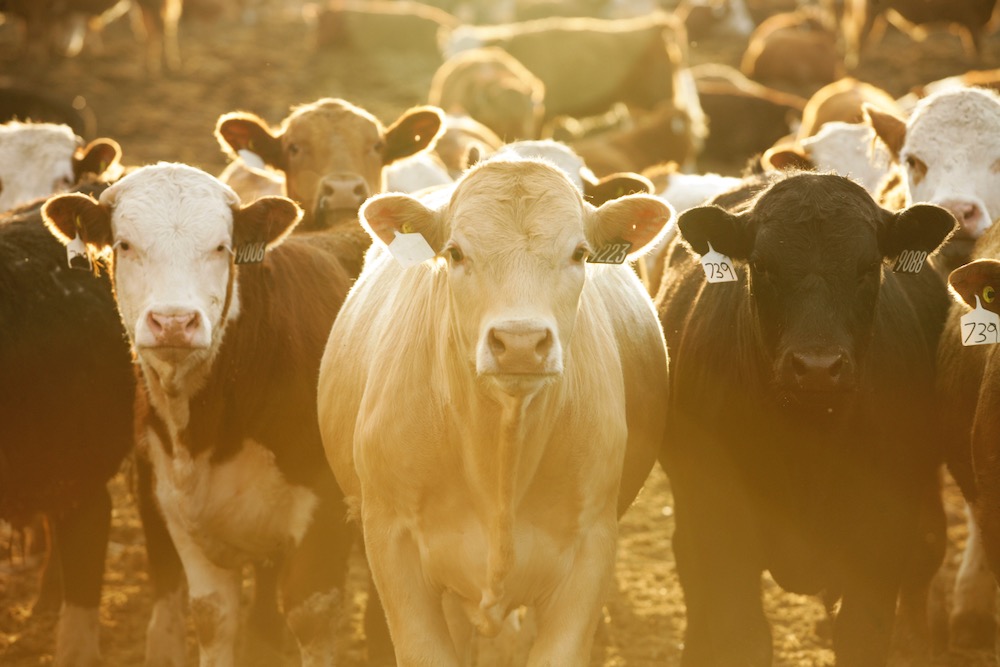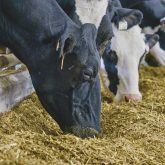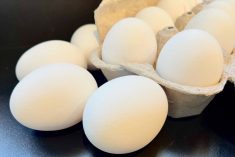The Canadian dairy industry has missed a self-imposed deadline for the Feb. 1 implementation of a national ingredients strategy — but work continues toward that implementation.
The strategy is meant to create a lower-priced class of milk, Class 7, to encourage the use of skim milk powder in further-processed ingredients.
Ontario has already independently implemented such a strategy with its Class 6, causing consternation in the rest of the country, but likely gave a push to an agreement in principle reached last summer.
“There are still details to be worked on,” said Therese Beaulieu, assistant director of policy communications with Dairy Farmers of Canada. “The agreement in principle still stands. The timelines depend on how much time everybody needs to make changes.”
Read Also

U.S. livestock: Cattle futures drop on Trump call for lower prices
Cattle futures on the Chicago Mercantile Exchange dropped sharply on Wednesday, reacting to comments from United States President Donald Trump…
An agreement among 10 provinces, all with jurisdiction in agriculture, and their dairy boards, along with the federal government, can take a while to hammer out, she noted. No new deadline has been set.
Delays in getting agreements in place have hamstrung the supply management system and are in part what has led to a lack of investment in skim milk drying capacity and further-processing of milk ingredients by Ontario processors.
That’s why the Ontario initiative, and the national agreement in principle, have been lauded as ground-breaking.
It’s also why there’s significant desire in the country to get the agreement finished, despite some concerns in some parts of the country about trade retaliation.
“The West was pretty excited about it and excited about Feb. 1,” says Beaulieu.
Increasing popularity of dairy products derived from milk fat, such as cream, butter and ice cream, created the surplus in skim milk — and without the drying capacity to process the skim milk to something deemed valuable by the marketplace, by mid-2015 significant volumes of skim milk were being dumped on fields and in manure pits.
The ingredients strategy is an attempt to create a template for doing business in the future for supply management.
“It’s a solution, maybe, to the surplus protein that we have. There are lots of opportunities,” Beaulieu said. “If you look at the food trends for 2017, protein is right there. Dairy protein is very high quality.”
The U.S. dairy sector has the ingredients strategy in its sights, however, and it formed a significant part of a letter the dairy industry sent to U.S. President Donald Trump recently, calling the strategy an affront to Canada’s trade obligations and a barrier to trade.
The Canadian dairy industry maintains it is providing an alternative and competitive option for Canadian dairy processors to imported U.S. product. Processors are under no obligation to buy Canadian skim milk or powder, as milk proteins enter the country free of tariffs.
Canadian processors, have, however, committed in the past eight months to invest hundreds of millions of dollars into upgraded dairy ingredient processing and research.
— John Greig is a field editor for Glacier FarmMedia based at Ailsa Craig, Ont. Follow him at @jgreig on Twitter.













